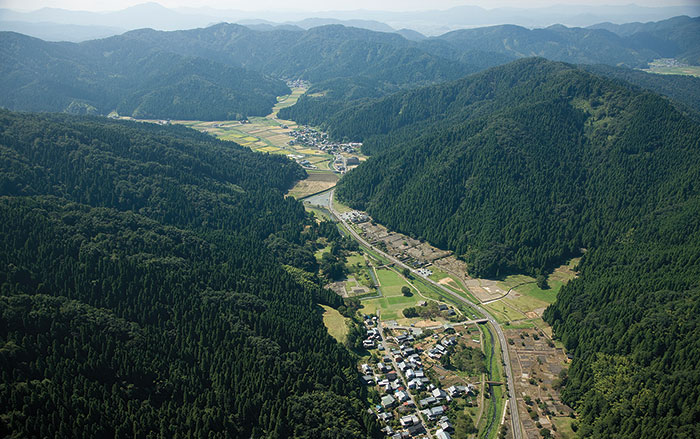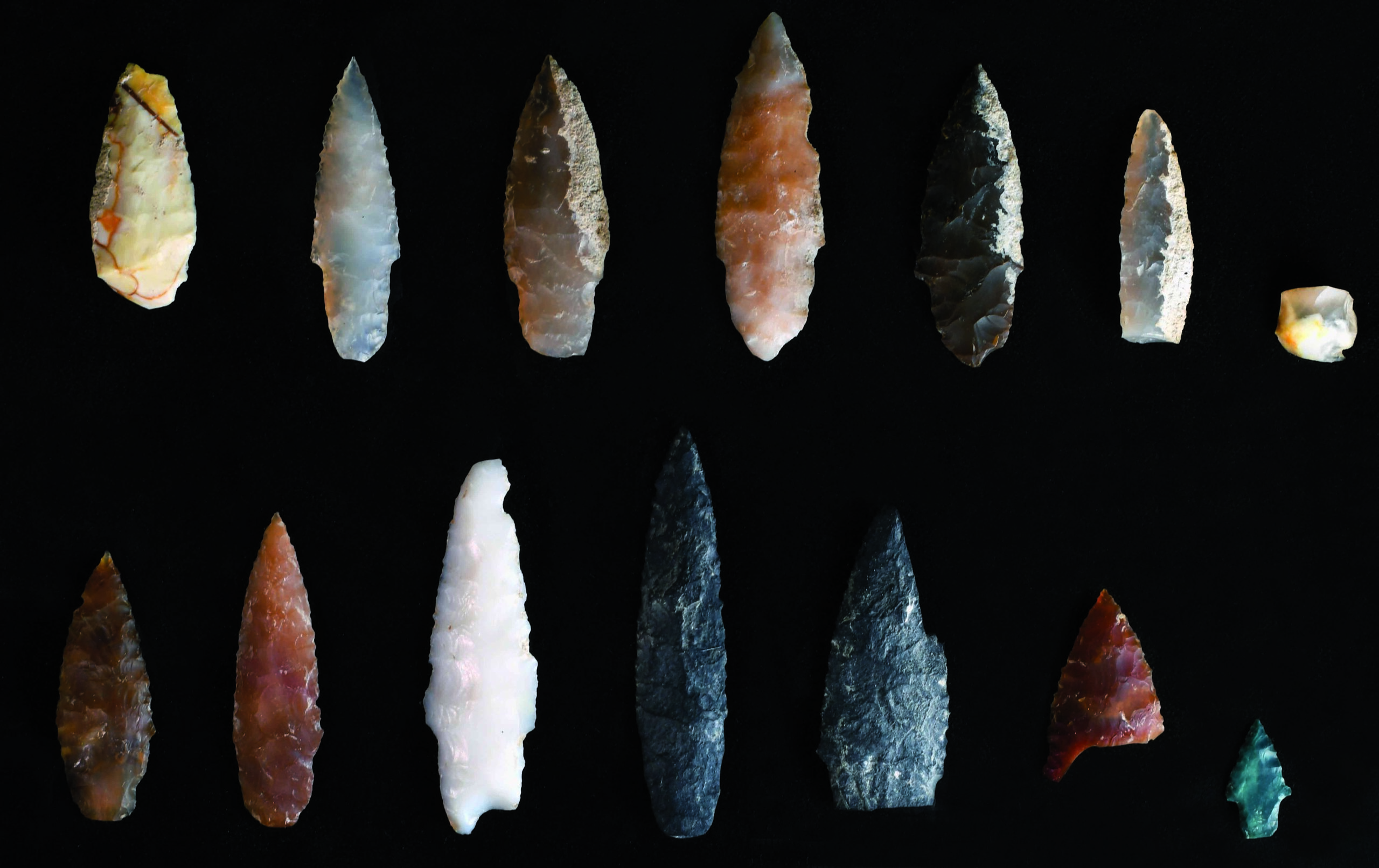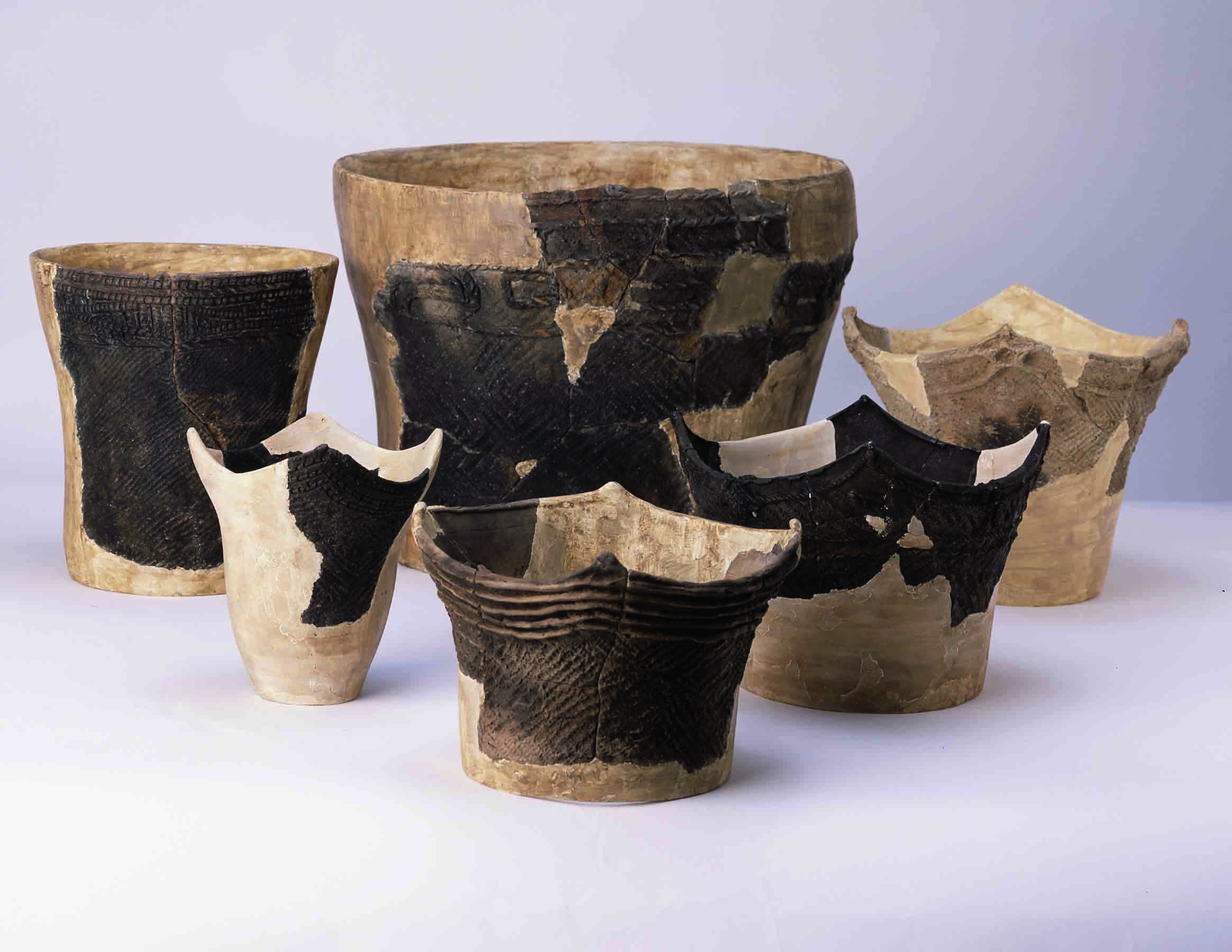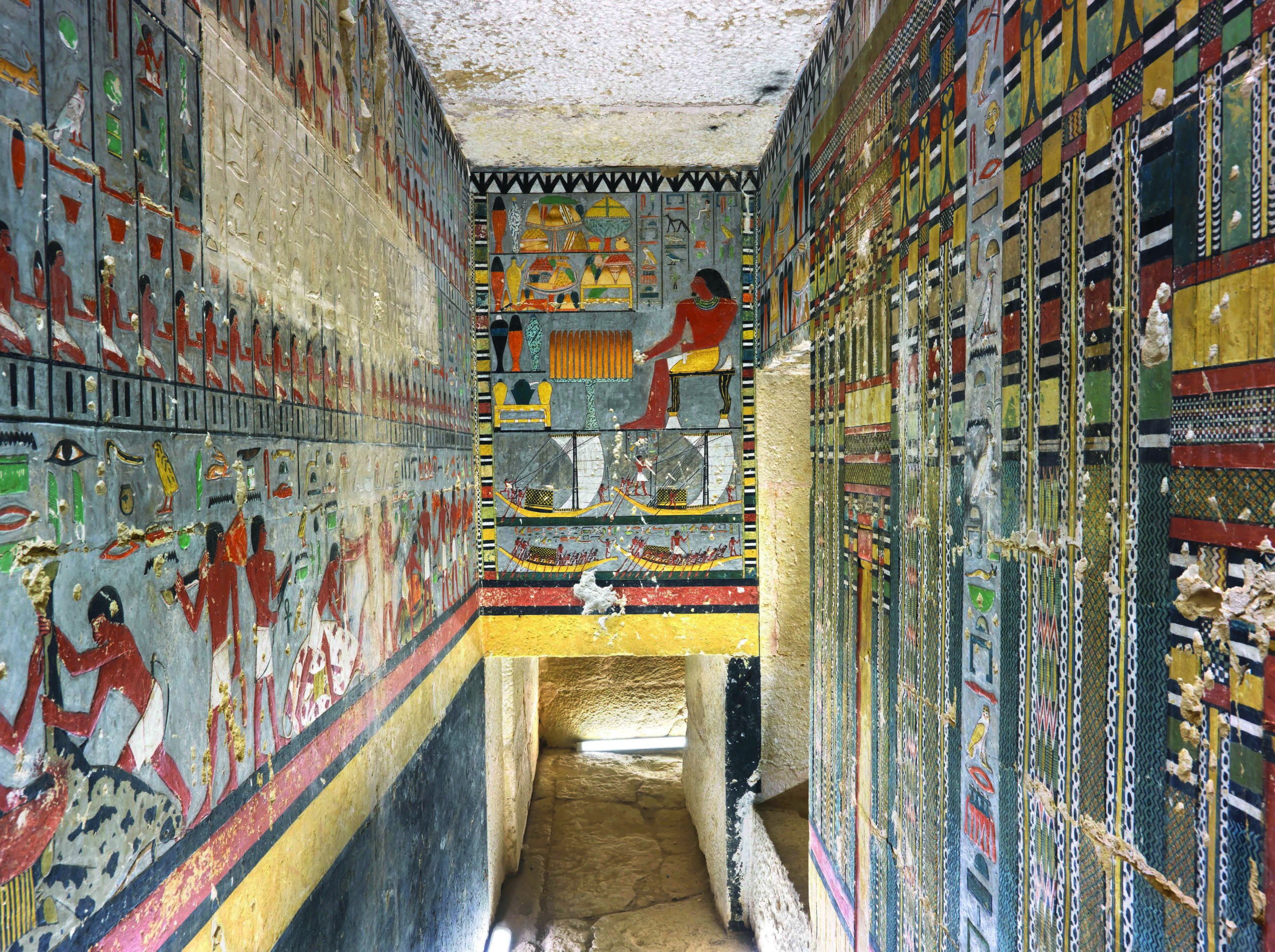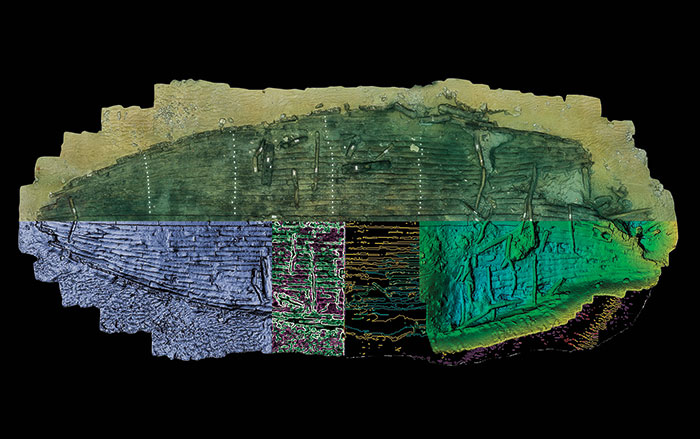
HAYAMA, JAPAN—Ryuho Kataoka of Japan’s Graduate University for Advanced Studies and National Institute of Polar Research and his colleagues investigated the possible source of an astronomical phenomenon described by witnesses in A.D. 620 as a fan of red pheasant feathers that stretched across the sky, according to a statement released by Japan's Research Organization of Information and Systems. In Japanese folklore, Kataoka said, pheasants were considered messengers from heaven. It had been previously suggested that the witnesses observed a red aurora produced during a magnetic storm, but Kataoka said that auroras observed today are not fan-shaped like pheasant tails. Auroras, he explained, are ribbon like, and wave across the sky. Comets rarely appear to be red, he added. When Kataoka adjusted for the magnetic latitude of Japan in A.D. 620, however, he and his team members found that an aurora may have appeared to have a pheasant-tail shape, especially during a strong magnetic storm. “This means that the A.D. 620 phenomenon was likely an aurora,” he said. To read about the first aurora to be documented by Assyrian astronomers, go to "Around the World: Iraq."



